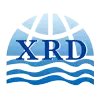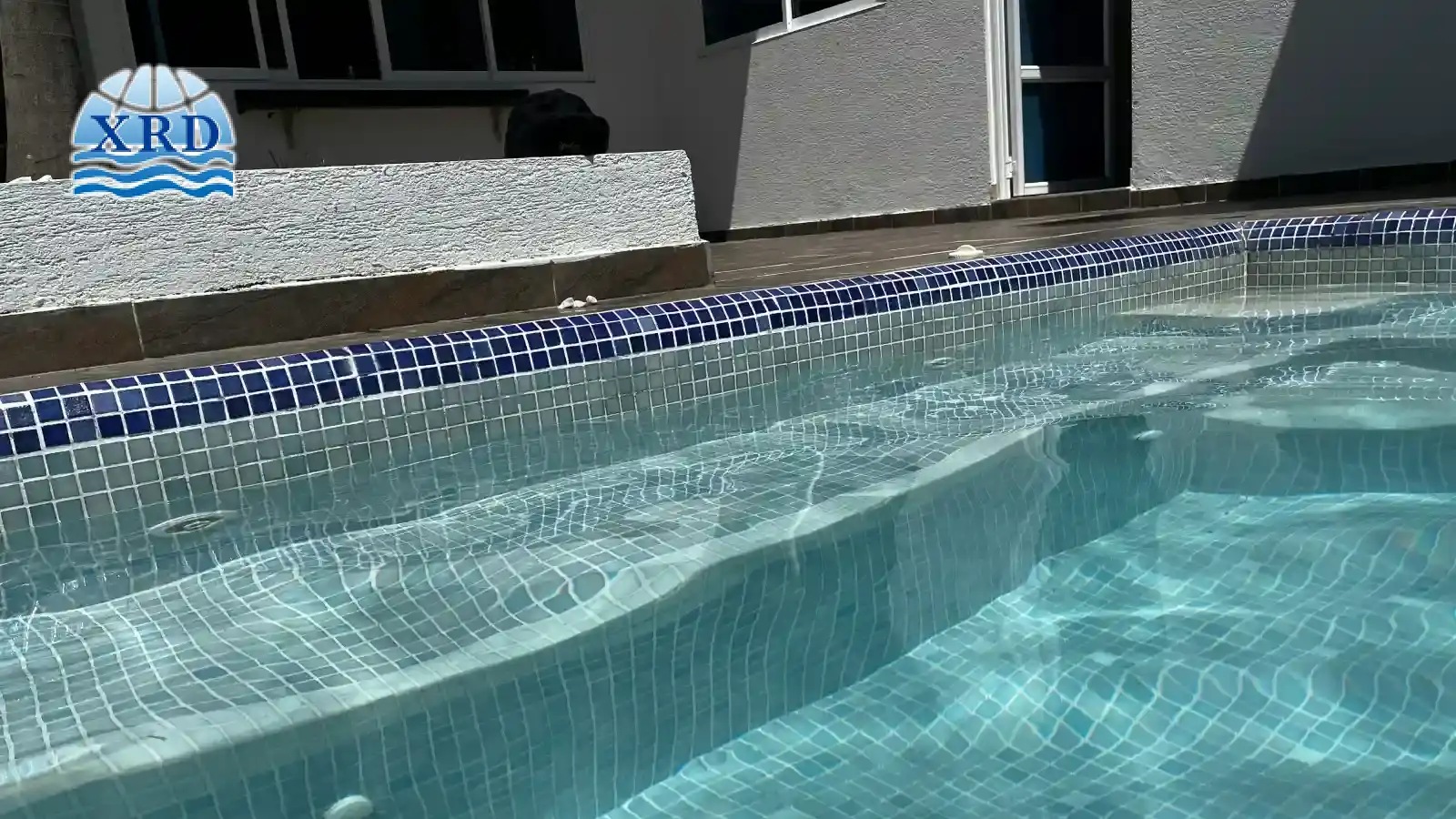Scaling is a common issue in swimming pools, where calcium carbonate deposits form on surfaces, equipment, and plumbing, leading to inefficiencies and potential damage. Calcium chloride (CaCl₂) plays a crucial role in both preventing and removing these deposits.
This comprehensive guide explores the science behind scale formation, how calcium chloride helps maintain water balance, best practices for cleaning existing scales, and cost-effective strategies for pool maintenance.
The Science of Scale Formation in Pools
Conditions Leading to Calcium Carbonate Precipitation
Scale forms when three key factors are present:
- High pH (>7.8) – Alkaline water encourages calcium carbonate (CaCO₃) crystallization.
- High Calcium Hardness (>400 ppm) – Excess calcium ions (Ca²⁺) increase scaling risk.
- Elevated Water Temperature – Heat accelerates precipitation, particularly in heated pools and around equipment like heat exchangers.
When these conditions align, calcium carbonate deposits accumulate on pool walls, tiles, and equipment, reducing water flow, damaging pumps, and increasing chemical demand.
Identifying Scale vs. Algae or Stains
Not all white deposits are scale. Here's how to differentiate:
- Calcium Scale: Chalky, rough texture, often on tile lines and near returns.
- Algae: Slimy, green/black patches that spread quickly.
- Metal Stains: Discoloration (brown, blue, or green) from copper or iron.
A simple vinegar test confirms the scale—apply a few drops; if it fizzes, it's calcium carbonate.
Calcium Chloride as a Scale Prevention Solution
Maintaining the Langelier Saturation Index (LSI)
The LSI measures water's tendency to form scale (positive LSI) or corrode surfaces (negative LSI). The ideal range is -0.3 to +0.3. Calcium chloride helps adjust calcium hardness, a critical LSI variable:
LSI Formula:
LSI = pH + Temperature Factor + Calcium Hardness Factor + Alkalinity Factor − TDS Factor − 12.1
How CaCl₂ Helps:
- Increases calcium hardness (200–400 ppm recommended).
- Stabilizes LSI when combined with pH control (e.g., muriatic acid) and alkalinity adjustments.
Synergistic Use with Chelators (HEDP, Phosphonates)
While calcium chloride adjusts hardness, chelating agents like HEDP (hydroxyethylidene diphosphonic acid) bind free calcium ions, preventing crystallization. This dual approach is especially effective in high-TDS (total dissolved solids) pools.
Equipment Protection Strategies
- Heaters & Pumps: Monthly flushing with a low-pH solution (pH 3–4) prevents buildup.
- Filters: Backwash regularly to remove trapped calcium particles.
Removing Existing Scale: Mild vs. Severe Cases
Mild Scale: Calcium Chloride Solution + Scrubbing
For thin deposits:
- Mix 5% calcium chloride solution (500g CaCl₂ per 10L water).
- Apply to scaled areas, and wait 15 minutes.
- Scrub with a nylon brush (avoid steel brushes to prevent surface damage).
- Rinse thoroughly.
Why It Works: The chloride ions disrupt calcium carbonate bonds, loosening deposits.
Severe Scale: Phosphoric Acid vs. Alternatives
For thick, stubborn scale:
| Cleaner Type | Effectiveness | Corrosivity | Cost |
|---|---|---|---|
| Phosphoric Acid (e.g., Scale Kleen) | High | Moderate (rinse promptly) | $$$ |
| Citric Acid (Eco-friendly) | Medium | Low | $$ |
| Sulfamic Acid (Slow-acting) | High | Low | $$$ |
Safety Note: Always wear PPE (gloves, goggles) when handling acids.
Cost Optimization & Practical Tips
Bulk Purchasing vs. Small Packages
- 25kg Bags: ~30% cheaper per kg than 5kg containers (ideal for commercial pools).
- Storage: Keep in airtight containers to prevent moisture absorption.
Alternative Scale Removal Methods
- Citric Acid: Eco-friendly but slower; suitable for vinyl pools.
- Electronic Descalers: Non-chemical option, but effectiveness varies.
Conclusion
Calcium chloride is a versatile tool for both preventing and removing pool scale. By understanding the saturation level of calcium carbonate in water (LSI), combining CaCl₂ with chelators, and adopting cost-efficient cleaning methods, pool operators can extend equipment life and reduce maintenance costs.

